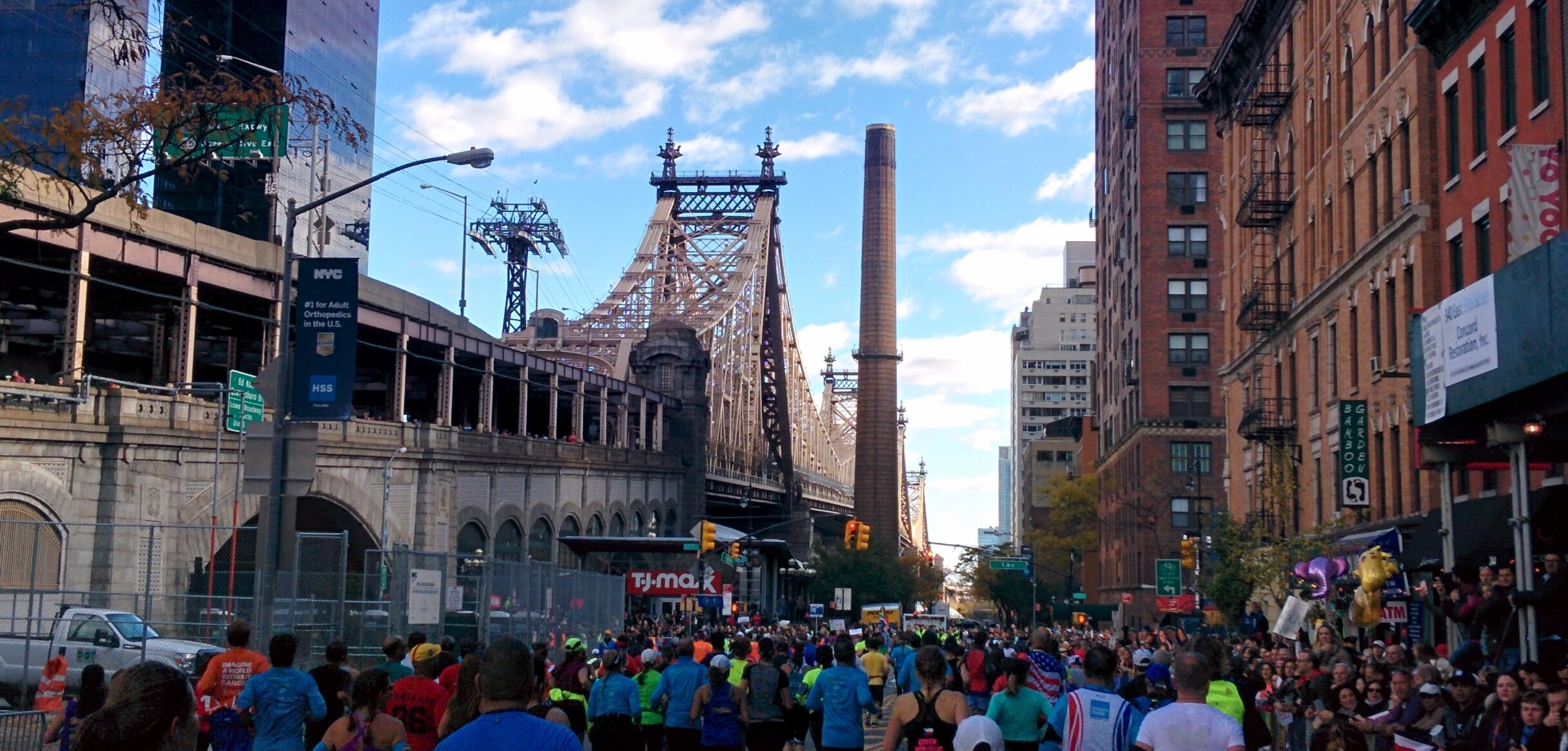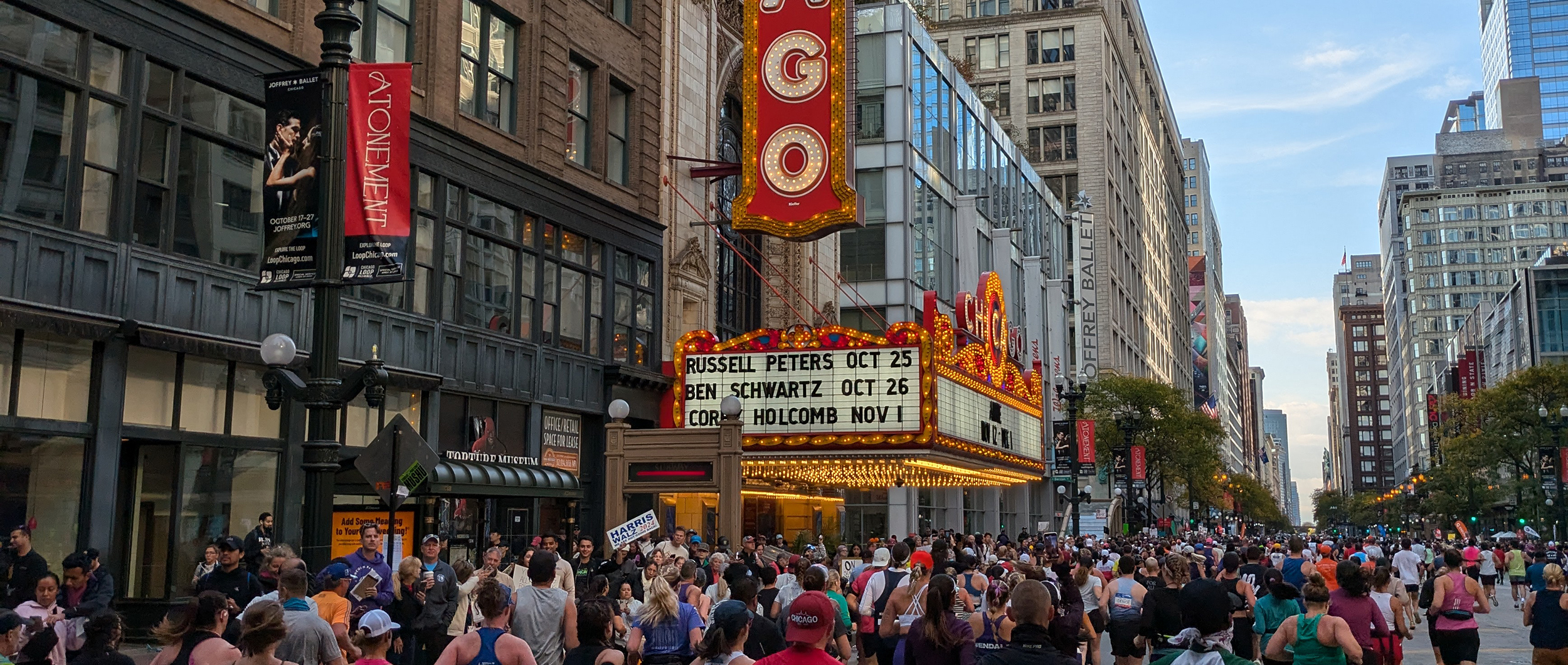News
NEW BIKE FITTING LOCATION!

“I always get to where I’m going by walking away from where I have been.” -Winnie the Pooh
Continuing the theme of the last several Coach Tip Tuesdays, which have sought to impart realistic tips that you can consider implementing in your training, this week I want to talk about something that is so critical to achieving goals in endurance sports:
Train at your current level.
So few words, and so simple at face value. However, I cannot begin to tell you the number of times I have watched athletes have struggled with actually doing this. Truthfully, I think that every single athlete struggles with this at some point. What is rarer is if someone doesn’t ever struggle with training at the level that they're currently at.
As you all know, setting goals is almost synonymous with endurance sports. And most times, those goals are BIG goals - something we haven’t done before or seems just out of reach.
The most common way for athletes to embark on an endurance sports journey is to set the goal first. This makes sense in so many ways, as it helps to keep one engaged and motivated in the process as well as help them chart their path. As Yogi Berra famously said, “If you don’t know where you’re going, you’ll end up someplace else.”
However, one of the paradoxes of setting the goal first is that it can actually be easy to get lost this way. What I mean is this: When we set the goal, we are focusing on what that success and/or end result will look like. As such, it can be easy to lose touch with where we actually are relative to that end result. This means it can be very difficult for athletes to determine the proper place to start working toward this goal.
In many cases, it extends beyond an inability to determine where to start; it can actually pop up as a lack of awareness of where they actually are relative to the goal that they’ve set. This is dangerous, as not starting where the athlete really is can lead to injury, burnout, frustration, and stress. I don’t know about you, but I am not very interested in inviting any of those things into my life; they seem to find me well enough without invitation.
What I’m describing is the equivalent of you saying that you’d like to go to Philadelphia, Pennsylvania and not being aware that you’re starting that journey to Philly from Albany, New York (where you actually are) instead of New York City (where you think you are).
As you can see, it’s a great idea to take stock of where you actually are. How can you do this?
Self-awareness is the most important skill for any athlete to pursue and work toward successfully completing a goal, but it's also the skill that is most lacking in a majority of athletes. (If you are denying this, chances are that you’re one of the ones who might be struggling with self-awareness.)
It takes honesty, true reflection and analysis, and deep thinking to be truly self-aware. Self-awareness doesn’t only listen to our emotions and feelings (i.e. our hearts); instead, it asks us to look objectively at our own selves without emotion and be honest, even if we don’t like what we see.
And that right there - not liking what we see (and then wishing that it was different) - is what, in my humble opinion - keeps athletes from actually training where they are. Because truly, athletes don’t want to be where they are. They want to be their goal…they want to be where they want to go. They want to succeed. They want that finish line smile and victory.
However, by definition, we are not where we want to go. We are where we are. We set the goal precisely because it is different from where we are. Because it lights a fire to change something. Because it helps motivate us to grow. And try as we might, thinking positively about it and visualizing that outcome - while certainly helpful - can only carry us so far. We need to actually do the work, starting from where we are, so we can continue down the road and arrive where we want to go.
I love the quote from Winnie the Pooh at the start of this post: “I always get to where I’m going by walking away from where I have been.” Winnie the Pooh is starting where he’s at, and then walking away from that point to get to where he wants to go. Not cutting the line. Not jumping. Not racing as hard as he can without taking stock of his surroundings or situation. He’s walking. Taking things thoughtfully, deliberately, while always keeping one foot on the ground (which is physically what distinguishes walking from running).
Look in the mirror. Take stock of where you really currently are. Then, evaluate where that is relative to where you want to go. As you do this, don’t turn away when you see something you don’t like. (Spoiler: You’re likely going to see something you don’t like.)
Instead, know, embrace, and accept that acknowledging the truth here will actually increase your probability of success. If you deny where you are, you will certainly (and I mean certainly) delay - if not completely hinder - your probability of success at achieving the goal you seek. Once you acknowledge where you are, you can train where you are. And slowly, steadily, and safely, you will make progress to where you want to be.
Train where you are. That’s how you get where you’re going.



































































































Have a question or ready to get your TRAINING started?
Fill out our Contact Form to the right and we will get back to you shortly!